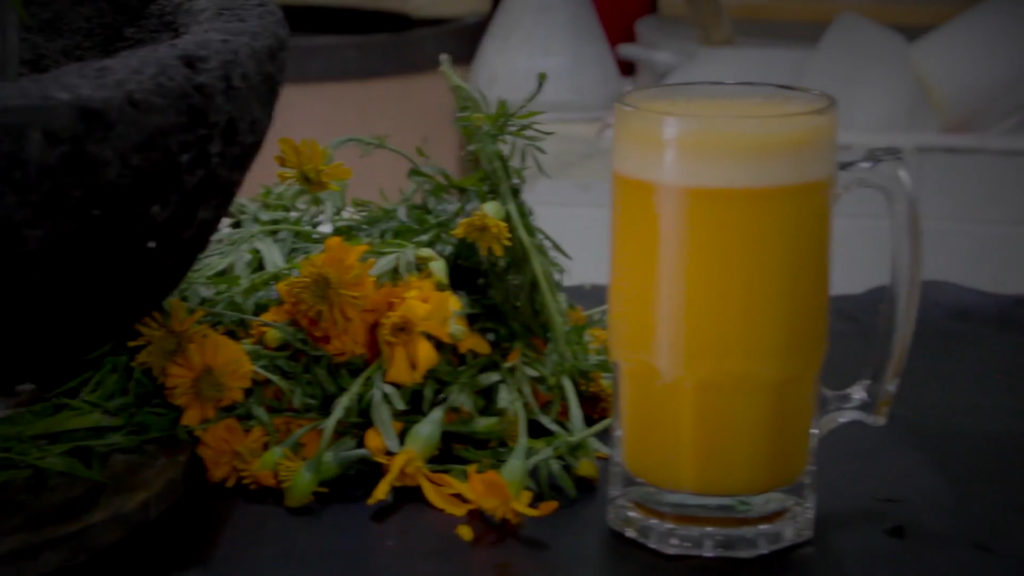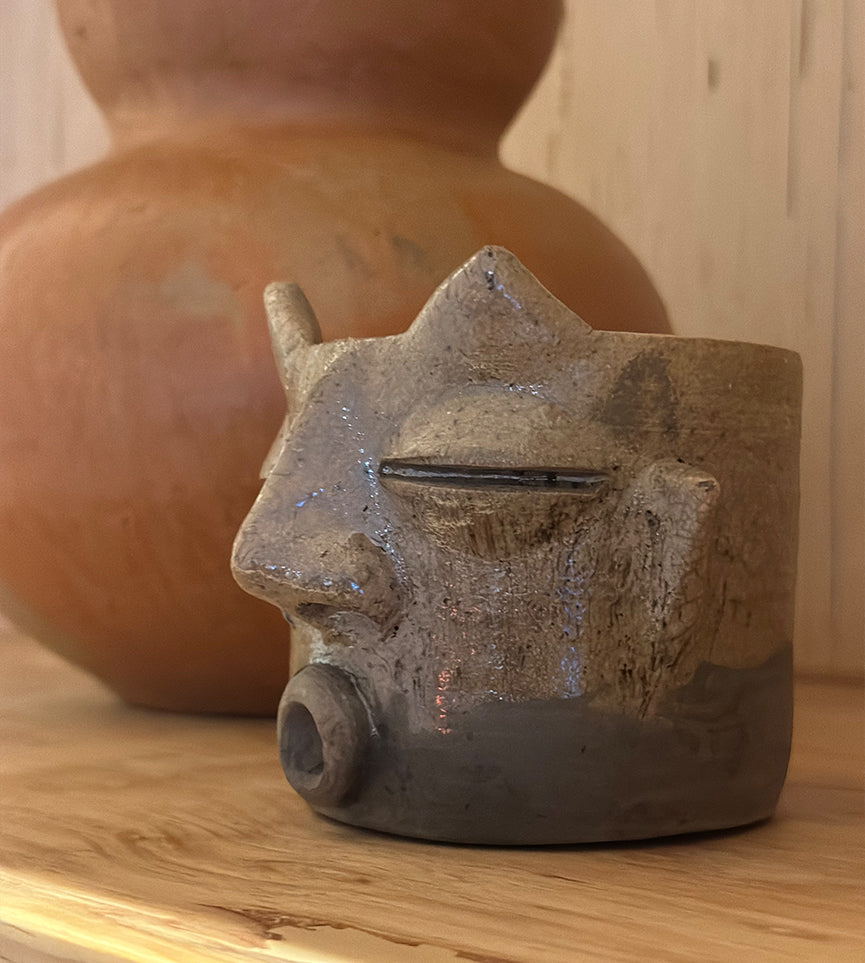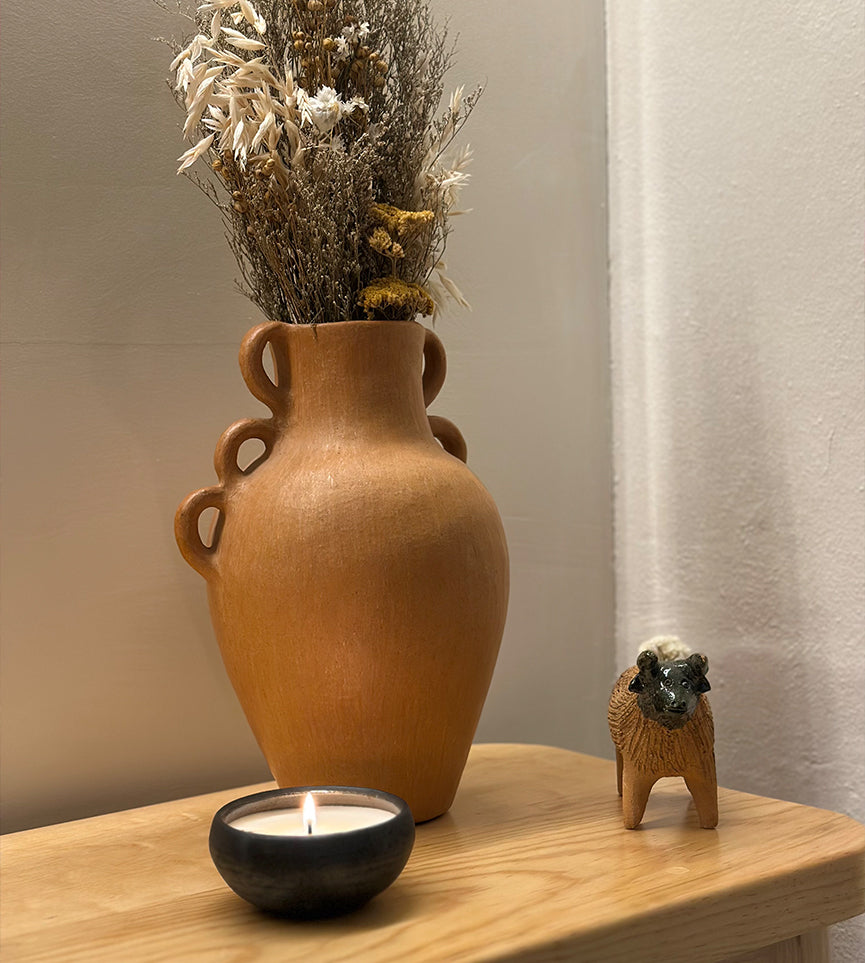
The first time that you drink pulque you don’t get drunk, you get magical, at least that’s what those who know says. The certain thing is that since its birth, this prehispanic beverage has been associated with a mistic sense. It was the ancient Aztec settlers who, in their worldview of the world, named deity Mayahuel as “maguey goddess”, maguey is the plant from which the pulque is extracted. Nowadays, more than 500 years away, the pulque is considered “The Beverage of the Gods.”


